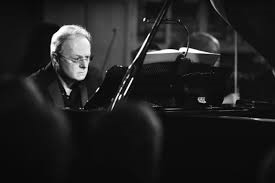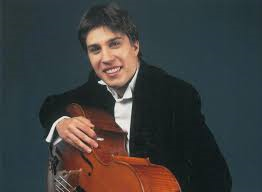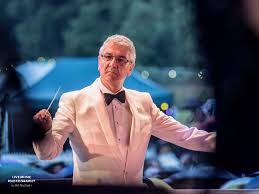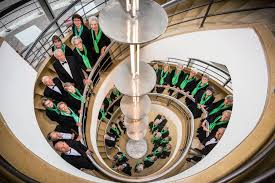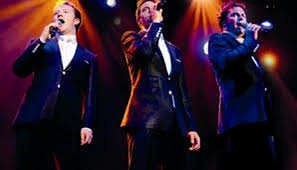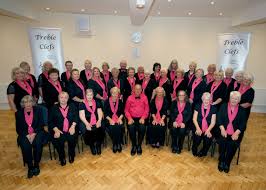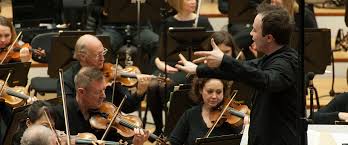St John’s, Upper St Leonards, Saturday 26 January 2019
An engaging concert, and one very much of two halves. The first half brought us richly romantic works by Weber and Schumann in a formal setting and without introductions. The second half reminded me of the early days of Friday night is music night with gently witty links between the works from conductor Derek Carden, and a splendid variety of pieces on offer.
The evening opened with Weber’s overture to Oberon, with heavy brass and bass tones almost overpowering the strings. Balance was better in the Schumann Piano Concerto where Howard Southern was a familiar but nonetheless very welcome soloist. His precise phrasing and graceful arpeggios in the opening movement were a prelude to the dancing, if unhurried, rhythmic pleasures of the finale.
We had two living composers in the audience, and heard works from both of them, opening with Paul Lewis’ theme for King’s Royal which some will recall from the TV series in the 1980s. The next orchestral work was Polo Piatti’s stirring Agitato with the composer providing the piano solo. The writing is often furious in impact but leads us to a gentler conclusion.
Between the orchestral items Thomasin Trezise was the soprano soloist in equally familiar operatic arias. She opened with a thrilling performance of Un bel di vedremo from Madama Butterfly and later gave us a warmly effective Vilja from The Merry Widow and the Czardas from Die Fledermaus – in the latter case changing into a glittering golden dress which understandably caused a stir across the very full audience.
Between these items we enjoyed Borodin’s In the Steppes of Central Asia, with its haunting cor anglais solo, and the evening ended with the March from Sibelius’ Karalia Suite. There are times when the familiar is all the more welcome for being live.
My grandson was with me – his first concert. It will certainly not be the last, and please, when can we go to an opera?
Brian Hick

